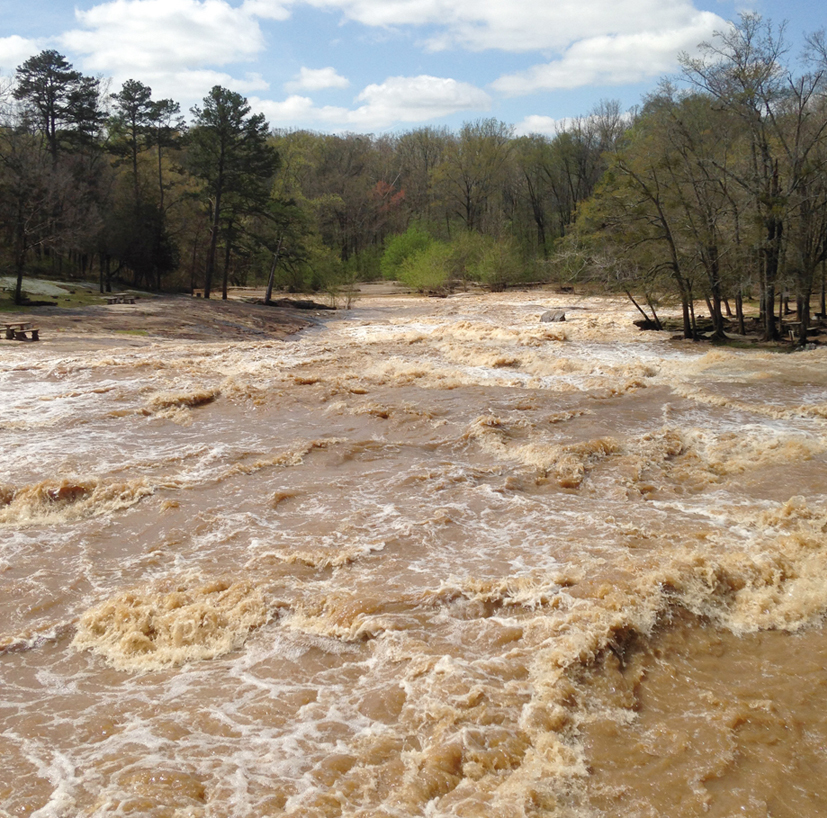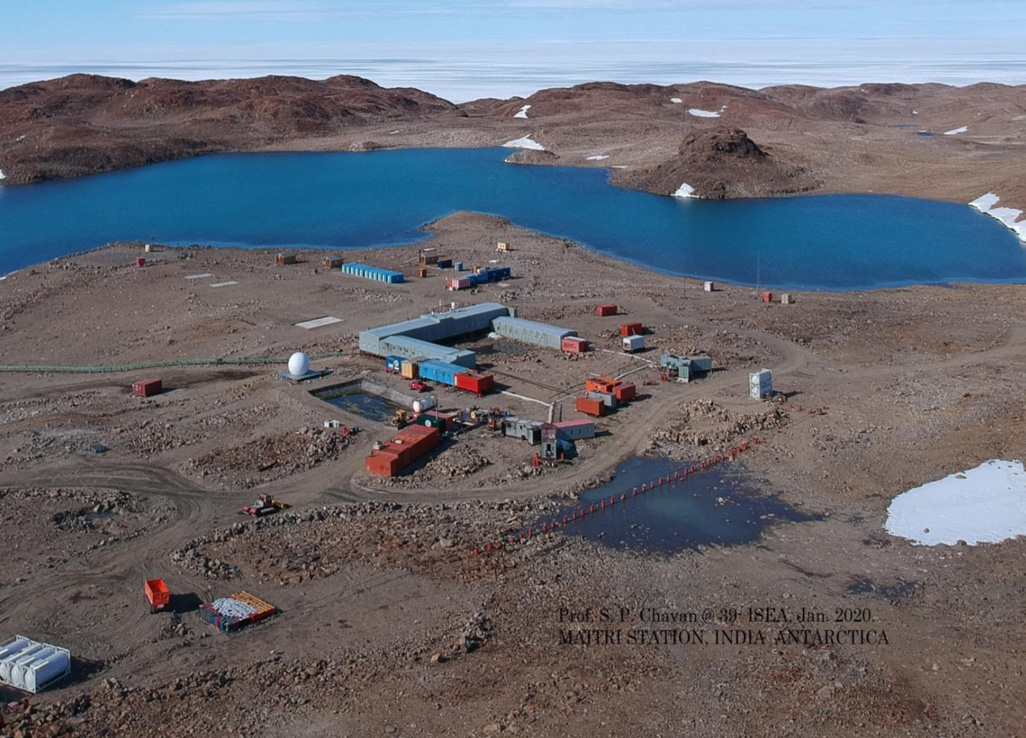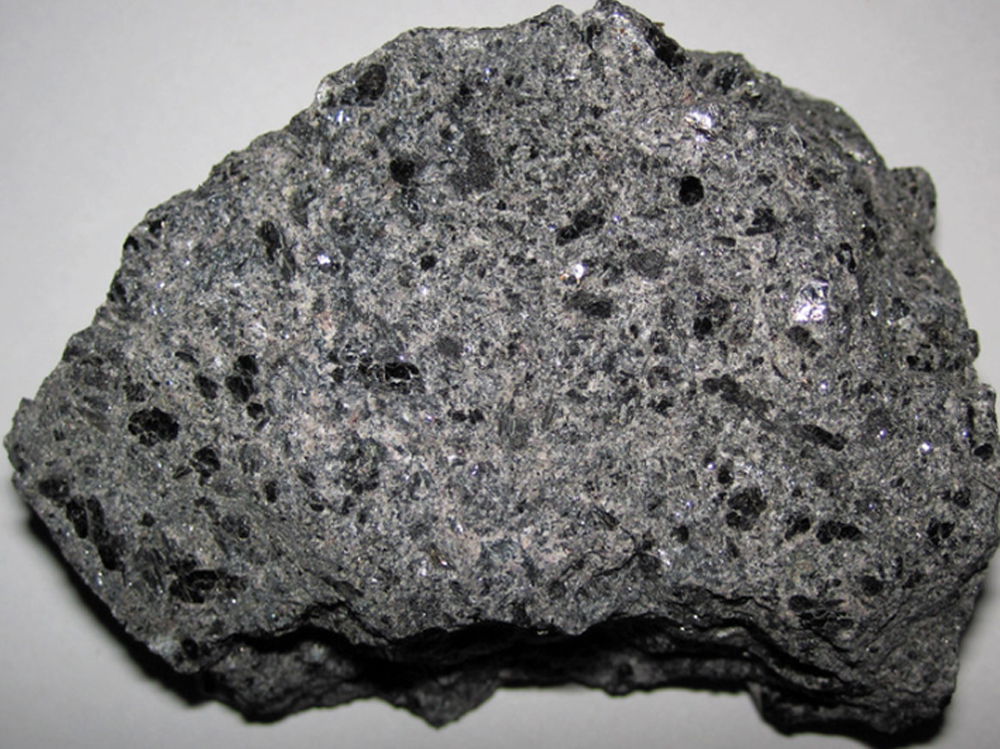Disaster Preparedness in an Increasingly Uncertain World: Aligning Science and Policy



India is set to embark on a new chapter in its Polar exploration journey with the construction of Maitri II. The Indian government plans to establish a new research station near the existing Maitri ba...
.png )
The Deep Ocean Mission (DOM), approved by the Government of India in 2021 under the Ministry of Earth Sciences (MoES), represents a strategic step in realizing Sustainable Development Goal 14 (SDG 14:...

China recently announced restrictions on the export of seven rare earth elements (REEs), soon after US President Donald Trump decided to impose tariffs. As the world's dominant supplier—responsible fo...
Given India’s population, its density, concentration in particular geographies, and weak state of its institutions of governance, adopting precautionary measures to disaster preparedness becomes imper...
Recent earthquakes highlight the need for a risk reduction strategy, especially for urban centres. With expanding cities, risk to human lives, buildings and infrastructure also increases. Urban safety...
Combining GIS tools with remote sensing data can help in efficient hazard mapping of avalanches in the tectonically active Himalayan regions and save precious lives.
More than a decade after the 2004 Andaman-Sumatra earthquake/tsunami, offshore and deep ocean observation systems now contribute to early tsunami warning efforts in India. The lessons we learnt from t...
Given India’s population, its density, concentration in particular geographies, and weak state of its institutions of governance, adopting precautionary measures to disaster preparedness becomes imperative. These measures should have roots in deep, systemic scientific analysis based on flexible, responsive governance structures.

Recent earthquakes highlight the need for a risk reduction strategy, especially for urban centres. With expanding cities, risk to human lives, buildings and infrastructure also increases. Urban safety has thus gained importance in recent years.

Combining GIS tools with remote sensing data can help in efficient hazard mapping of avalanches in the tectonically active Himalayan regions and save precious lives.
